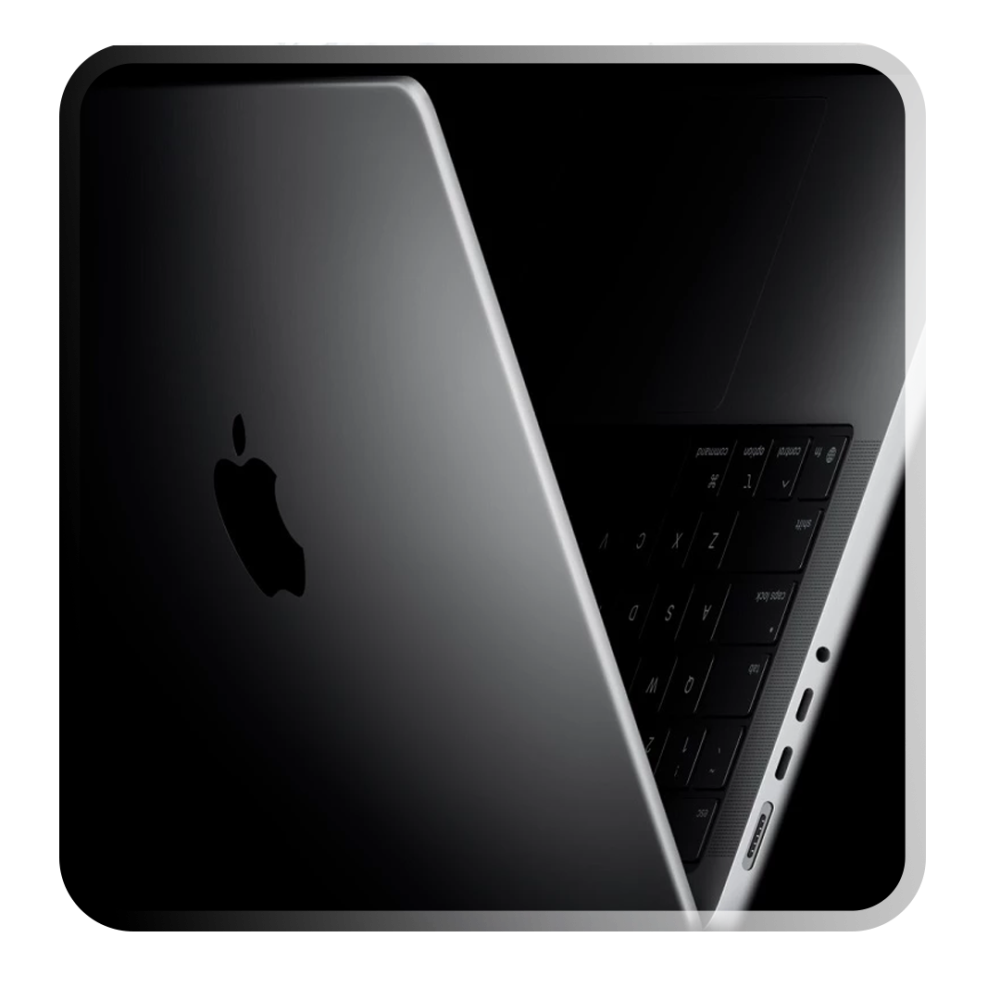Next-Gen Cloud Consoles: Is This the End of Traditional Gaming Devices?

Cloud gaming is entering a new phase as second-generation Cloud Consoles begin reshaping the landscape of home entertainment. Unlike traditional consoles that rely on powerful internal hardware, these new systems depend entirely on remote servers equipped with high-end CPUs and GPUs.
The physical console is now a small HDMI streaming unit, capable of delivering 4K visuals and 120FPS gameplay over WiFi 7. With improved compression algorithms and AI-based latency reduction, cloud systems are becoming more viable than ever.
Key improvements include:
- Latency reduced to under 20ms
- Full ray tracing processing handled in the cloud
- Instant game loading
- No need for expensive local hardware
- Dynamic upscaling via AI
This makes AAA gaming more accessible to a wider audience — especially families, casual players, and users who don’t want to invest in powerful PCs.
However, cloud gaming is not perfect. It relies heavily on fast internet speeds, local network stability, and consistent server performance. For competitive players or those working with high-resolution content, local hardware still holds a major advantage.
Feeh Store continues to deliver high-performance PCs that outperform cloud consoles, ensuring stable and ultra-responsive gameplay for professionals and enthusiasts.
While 2026 is expected to be the breakthrough year for cloud consoles, traditional gaming PCs won’t be replaced anytime soon.



